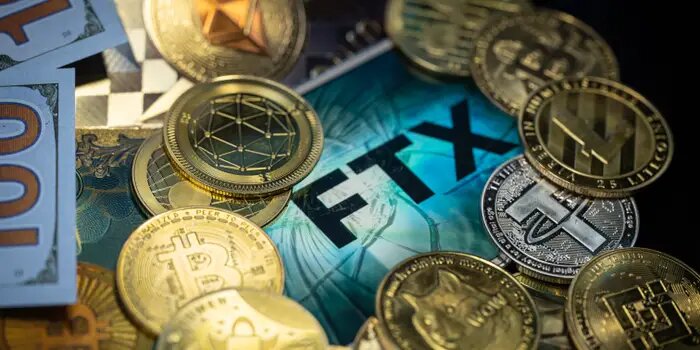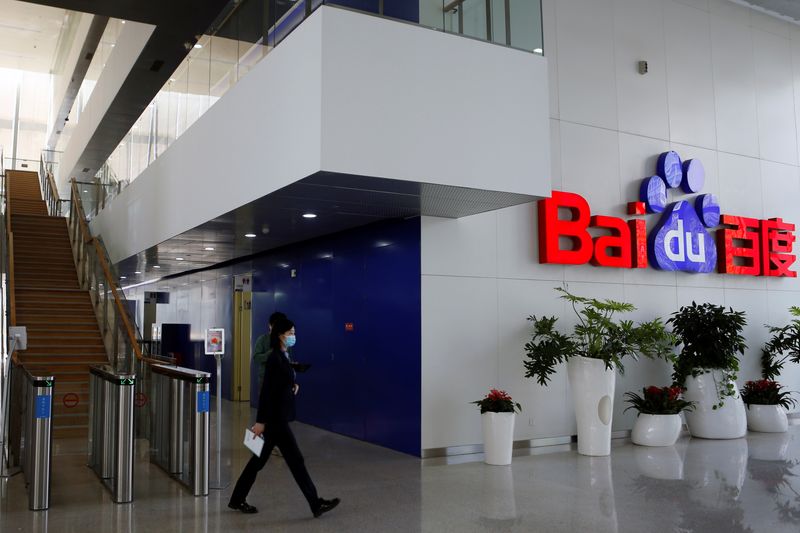Bahamas authorities seized $3.5 billion in FTX assets
The Bahamas’ securities regulator revealed on Thursday that it had on November 12 confiscated $3.5 billion in digital assets belonging to FTX Digital Market.

The watchdog confirmed the exact amount seized from FTX’s Bahamian subsidiary, FTX Digital Markets, in a media release late on Thursday. It also stated that the monies were transferred into its own digital wallets “for safekeeping.” The regulator previously acknowledged that it was in possession of some of FTX’s digital assets, but it did not say how much.
According to the commission, the monies were worth more than $3.5 billion based on market rates at the time of transfer. The transfer happened on November 12, the day following FTX’s filing for Chapter 11 bankruptcy relief in the United States. The money is being kept “temporarily,” according to the Bahamian Securities Commission until the Bahamas Supreme Court orders it to be given to clients, creditors, or estate liquidators.
The regulator claimed that it withdrew the money after learning about cyberattacks on the Bahamian unit of FTX from discredited co-founder Sam Bankman-Fried. Following FTX’s bankruptcy filing, the company was allegedly the subject of a breach that resulted in the theft of $477 million from its cryptocurrency wallets.
The perpetrator’s identity is yet unknown. The Bahamian regulator has come under fire for its part in the demise of FTX and related litigation actions. The commission sought to manage FTX’s bankruptcy procedures in the Bahamas.
The move was opposed by FTX’s American attorneys, who claimed in a filing on November 17 that the regulator worked with Bankman-Fried to get “unauthorized access” to FTX systems in order to transfer digital assets to its own possession.
The Bahamian regulator responded by calling the allegations “inaccurate” and stating that it moved the funds to safeguard the interests of investors and clients. Bankman-Fried, 30, who was formerly the CEO of FTX, was detained in the Bahamas before being extradited to the US, where he is currently awaiting trial on accusations of fraud, conspiracy to launder money, conspiracy to defraud the US, and conspiracy to break campaign finance rules.
His parents, who are both Stanford law professors, agreed to sign a $250 million recognizance bond and pledge their California house as security in exchange for his release. According to news sources, two additional friends who had substantial assets also signed. After posting a $250 million bond, he was freed last week.
Michael Lewis, the author of “The Big Short,” has reportedly been visiting him at his parents’ California home. On January 3 in federal court in Manhattan, Bankman-Fried is anticipated to be charged and enter a plea.
The SEC alleges in its civil complaint, “Bankman-Fried was orchestrating a massive, yearslong fraud, diverting billions of dollars of the trading platform’s customer funds for his own personal benefit and to help grow his crypto empire.”
The announcements made by the Bahamian regulator are favorable for FTX’s clients and creditors, but it is uncertain whether they will receive their money right away since the bankruptcy of FTX is being handled in the United States in accordance with American law while the company is being liquidated in the Bahamas.

I am a law graduate from NLU Lucknow. I have a flair for creative writing and hence in my free time work as a freelance content writer.





